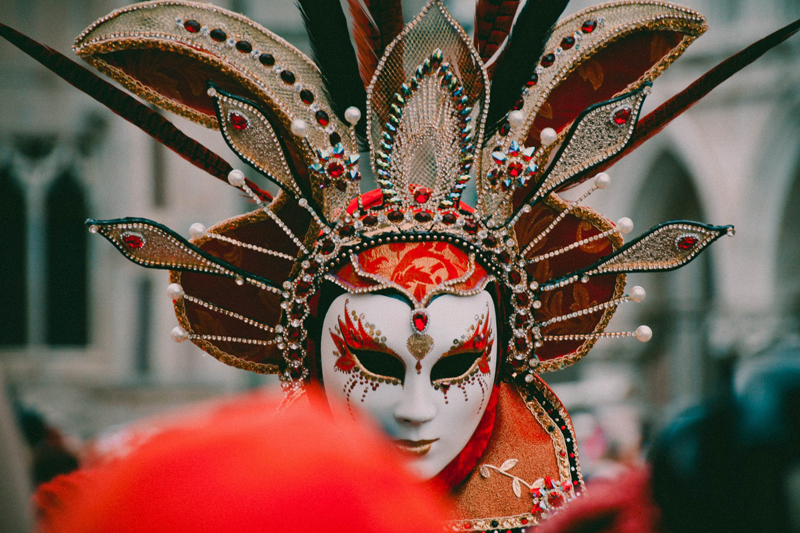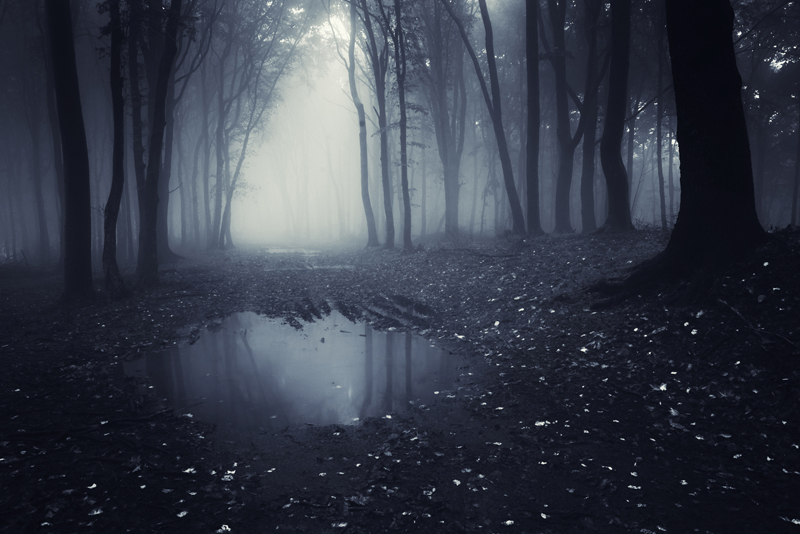Examples of Traditional Hunting Costume

As the weather turns cooler, hunting season arrives. In this article we’ll explore traditional fox hunting attire and show some photos of examples.
There are two areas of clothing history that I have always adored — equestrian clothing and bespoke tailoring. With hunt coats, you get a little of both. Hunting coats aren’t jut red blazers; they are based on historical riding costume an each variation has its own meaning and use.
Also, you can’t buy hunt coats off the rack. So they are all custom made. And the details and craftsmanship of bespoke tailoring really shows.
The first coat is a HUGE morning coat made by Mlasovsky and Wagner in Philadelphia. Unfortunately the name of the owner and the date have washed away.

It is a red wool morning coat lined in red and white Tattersall and possessing buttons from the Radnor Hunt. Morning coats are considered less formal than frock coats and may be worn by newer members of the hunt and field members. The colour scarlet indicates that the wearer is a full member in good standing with the hunt club. The collar is grey, Radnor’s colour. Sometimes the collar is faced with velvet, but this one is wool flannel. The whole coat is made from a heavy wool melton and the Tattersall check with which it is lined is wool as well. Unsurprisingly, hunt coats are made to be worn outdoors in chilly weather since hunt season is in the autumn.
In construction morning coats are similar to the frock coats from which the derived. Morning coats are basically frock coats the front tails of which have been slanted back and rounded to stay out of the rider’s way. The first morning coats appeared in the 1850s when country gentlemen wanted something informal to wear on a casual morning ride. By the 1880s, the morning coat supplanted the frock coat as formal daywear for men as it continues to be today.
The next hunt coat I photographed and examined was a small hunting frock coat made by Svante E. Nyborg in Drexel Hill for a Mr. Harry Hankins in 1963. The buttons are fairly worn, but we think we can make out AVH — Amwell Valley Hounds, a hunt club across the river in New Jersey. The collar of the coat is faced with moss green velvet which is Amwell Valley’s colour.

This is the typical hunt frock coat as worn by the Huntmaster and Huntsmen on a formal hunt. It has the square skirts and waist seam of all frock coats since the early 1800s. The coat is made from very heavy wool and lined with Tattersall. It is well-worn as evidenced by the buttons and wear on the buttonholes but in excellent condition otherwise.
The next specimen is very different from the previous examples. While a hunt coat, this one was never worn on the hunt field at all. This is a hunt dress coat. It is meant to be worn by members in good standing of the hunt to Hunt Balls and other formal occasions. It is simply formalwear in the hunt’s colours. My first thought looking at it was that the tailor had tried to make it look Victorian by piping the revers with braid and creating false cuffs with two-needle stitching. And then we found the tag. It says December 30th, 1890. Apparently Mr. E.H. Outerbridge, Esquire, got a new coat for the New Year’s ball. I wonder if he’s the guy who owns the bridge! I just thought it was “the outer bridge”, not someone’s surname!
The buttons say RCHC but the only hunt clubs I found online with these initials hunt deer and other game with rifles, no horses involved. So I have no idea if it’s a defunct hunt or they just don’t have good search engine placement.
The collar is not faced with a hunt colour, but the piping is olive green. The revers are white grosgrain but it’s possible that this was originally canary yellow like the other dress coat (canary yellow is the formal hunt waistcoat colour). For its age, the coat is in incredible condition.
Women’s Equestrian patterns.
Men’s Victorian patterns that can be used for Riding Costume.
There are two areas of clothing history that I have always adored — equestrian clothing and bespoke tailoring. With hunt coats, you get a little of both. Hunting coats aren’t jut red blazers; they are based on historical riding costume an each variation has its own meaning and use.
Also, you can’t buy hunt coats off the rack. So they are all custom made. And the details and craftsmanship of bespoke tailoring really shows.
The first coat is a HUGE morning coat made by Mlasovsky and Wagner in Philadelphia. Unfortunately the name of the owner and the date have washed away.

It is a red wool morning coat lined in red and white Tattersall and possessing buttons from the Radnor Hunt. Morning coats are considered less formal than frock coats and may be worn by newer members of the hunt and field members. The colour scarlet indicates that the wearer is a full member in good standing with the hunt club. The collar is grey, Radnor’s colour. Sometimes the collar is faced with velvet, but this one is wool flannel. The whole coat is made from a heavy wool melton and the Tattersall check with which it is lined is wool as well. Unsurprisingly, hunt coats are made to be worn outdoors in chilly weather since hunt season is in the autumn.
In construction morning coats are similar to the frock coats from which the derived. Morning coats are basically frock coats the front tails of which have been slanted back and rounded to stay out of the rider’s way. The first morning coats appeared in the 1850s when country gentlemen wanted something informal to wear on a casual morning ride. By the 1880s, the morning coat supplanted the frock coat as formal daywear for men as it continues to be today.
The next hunt coat I photographed and examined was a small hunting frock coat made by Svante E. Nyborg in Drexel Hill for a Mr. Harry Hankins in 1963. The buttons are fairly worn, but we think we can make out AVH — Amwell Valley Hounds, a hunt club across the river in New Jersey. The collar of the coat is faced with moss green velvet which is Amwell Valley’s colour.

This is the typical hunt frock coat as worn by the Huntmaster and Huntsmen on a formal hunt. It has the square skirts and waist seam of all frock coats since the early 1800s. The coat is made from very heavy wool and lined with Tattersall. It is well-worn as evidenced by the buttons and wear on the buttonholes but in excellent condition otherwise.
The next specimen is very different from the previous examples. While a hunt coat, this one was never worn on the hunt field at all. This is a hunt dress coat. It is meant to be worn by members in good standing of the hunt to Hunt Balls and other formal occasions. It is simply formalwear in the hunt’s colours. My first thought looking at it was that the tailor had tried to make it look Victorian by piping the revers with braid and creating false cuffs with two-needle stitching. And then we found the tag. It says December 30th, 1890. Apparently Mr. E.H. Outerbridge, Esquire, got a new coat for the New Year’s ball. I wonder if he’s the guy who owns the bridge! I just thought it was “the outer bridge”, not someone’s surname!
The buttons say RCHC but the only hunt clubs I found online with these initials hunt deer and other game with rifles, no horses involved. So I have no idea if it’s a defunct hunt or they just don’t have good search engine placement.
The collar is not faced with a hunt colour, but the piping is olive green. The revers are white grosgrain but it’s possible that this was originally canary yellow like the other dress coat (canary yellow is the formal hunt waistcoat colour). For its age, the coat is in incredible condition.
Women’s Equestrian patterns.
Men’s Victorian patterns that can be used for Riding Costume.

Related Articles
Editor's Picks Articles
Top Ten Articles
Previous Features
Site Map
Content copyright © 2023 by Kass McGann. All rights reserved.
This content was written by Kass McGann. If you wish to use this content in any manner, you need written permission. Contact Brandi Ford for details.





